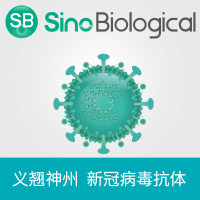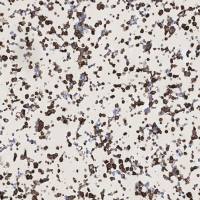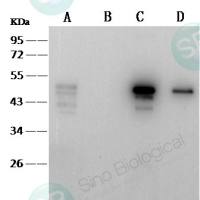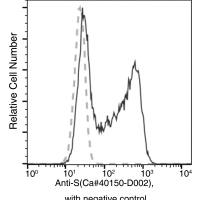How Do I make an Antibody
互联网
If your peptide is synthesized with a terminal cysteine residue (i.e., a free sulfhydryl group, -SH), you can use any maleimide-activated carrier protein to create an immunogen. One-step chemical reactions are easy with Pierce Sulfo-SMCC Pre-Activated Carrier Proteins (Figure 1). If your hapten does not have a sulfhydryl group, you can use EDC chemistry (Figure 2) to couple amines (lysine) or carboxylic acids (glutamic, aspartic acid or 5'-phosphate) to the carrier protein.
Keyhole limpet hemocyanin (KLH), which is isolated from the giant sea mollusc Megathura crenulata, is one of the most popular carrier proteins used to create an immunogen for injection. KLH induces a strong antibody response because of its large mass (>106 M.W.) and because it is a non-mammalian protein. Pierce recently introduced mariculture KLH (mcKLH), a product that is less damaging to marine aquatic environments because the molluscs are harvested and maintained in salt water tanks. The characteristic blue, opalescent color of mcKLH is highly soluble, making coupling reactions easier to complete.
Figure 1. Peptide Carrier Conjugation using Maleimide Activated Carriers
Figure 2. EDC-Mediated Peptide-Carrier Conjugation
上一篇:沉淀反应技术(Precipitation reaction technique) 下一篇:Antibody Storage and Handling










